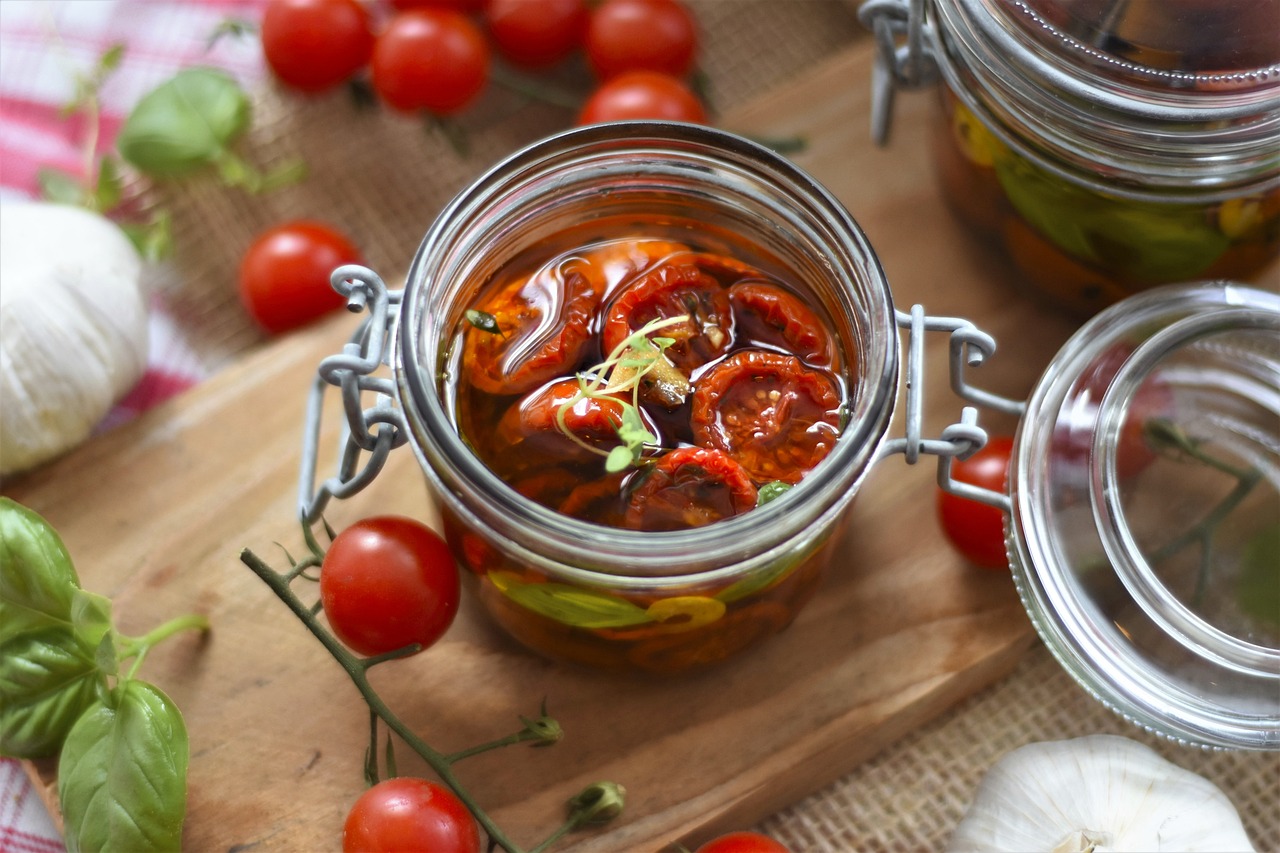How to Safely Preserve Food with Home Canning

With people awakening to the importance of their local food supplies, home preservation of food, primarily with home canning, is getting popular again. Home canning helps people store more of their local foods and allows them to enjoy superior quality, especially when compared to supermarket food, which can, quite honestly, be from anywhere.
When the growing season is going gangbusters in your area, you can affordably save the bounty of gardens and farms and enjoy the food for up to a year. Instead of buying one little basket of strawberries at the roadside stand, get the whole flat and make jam. For about the same price as buying jam at a store, you will get a superior product that tastes wonderful.
Convincing people of the benefits of home canning is usually not difficult, but the process of preserving food does intimidate people. They worry they won’t do it right and food poison their families. But I can assure you that, as long as you follow the directions, your preserved food will be safe and delicious.
There are two primary methods for canning: A boiling water bath and the pressure canner. All beginners should start with the boiling water bath method. If you never work your way up to using a pressure canner, that’s fine. You can put up many kinds of fruits, jams, relishes, and preserves with just the boiling water method.
How Do I Know Which Canning Method to Use?
The type of food you wish to preserve determines which canning method you use. Foods that are high acid can all be preserved with a boiling water bath. This is because the acidic chemical composition of the food makes it a poor environment for the bacterium Clostridium botulinum to grow. This bacterium is the source of the deadly botulism toxin. With the concern about botulism mostly absent from high acid foods, the temperatures achieved within a boiling water bath are sufficient to destroy other bacteria and mold spores that may be present.
High acid foods are fruits like apples, peaches, berries of all kinds, cherries, pears, apricots, plums, and so forth.
For foods with a low acid or nonacid chemical composition, the Clostridium botulinum bacterium and its toxins can grow and even thrive. Therefore, you must preserve such foods in the higher temperatures of a pressure canner that can destroy botulism toxins.
Low acid foods are fish, poultry, meat, and most vegetables like potatoes, carrots, corn, peas, peppers, cucumbers and so forth.
Although vegetables are low acid and must be preserved in a pressure canner, you can preserve them in a boiling water bath by pickling the food. Pickling involves using a vinegar solution that boosts the acidity of the food. This is why cucumbers and other vegetables can be pickled and canned with a boiling water bath. Pickled products are perfectly safe when processed in a boiling water bath.
What About Canning Tomatoes?
Tomatoes are a borderline fruit that possess some acidity but are not quite a high acid food. Tomatoes can be canned safely in a boiling water bath with a little vinegar added. I have successfully canned tomatoes in a boiling water bath, and they were fine. However, the pressure canner does a superior job with tomatoes. The vinegar step can be skipped, and the preserved tomatoes come out with better color and nutrition when processed in the pressure canner.
If you are interested in canning, I recommend starting with the boiling water bath. The big kettle and rack can be purchased for roughly $20 at almost any discount store or grocery. Making jam is a great beginner project. The little boxes of powdered fruit pectin available everywhere the canning jars are sold contain many recipes for jams and jellies along with canning directions.
The Author:
I am a self taught home canner, and I warn you that it is an addictive hobby. The food you preserve will taste so much better than canned goods from the store. My online canning resource is Canning Local found at http://canning.falbepublishing.com








